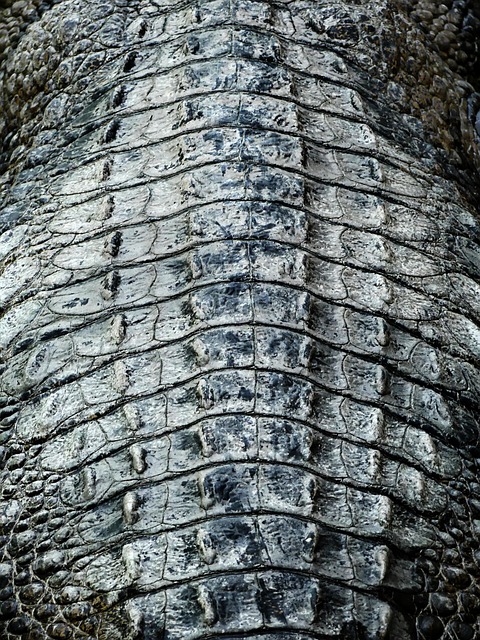Unwanted skin growths, driven by factors like viral infections, genetics, or sun exposure, can be managed through various methods in Glasgow, where tag removal is popular due to high skin cancer rates and the desire for clear complexions. Non-invasive techniques like topical creams with salicylic acid or garlic extract, cryotherapy (freezing), cauterization (burning), and surgical excision using specialized tools and local anesthesia are available options. Proper aftercare, including cleaning, moisturizing, and sun protection, is crucial for maintaining healthy skin and preventing future issues post Glasgow Tag Removal procedures.
Unwanted skin growths, like Glasgow tags, can be unsightly and uncomfortable. Understanding their causes is the first step towards effective removal. This article delves into the common types of Glasgow tags and their underlying reasons. We explore a range of non-invasive home remedies and discuss professional medical treatments available for complete removal. Additionally, aftercare tips and prevention strategies are provided to promote healthy, clear skin.
- Understanding Unwanted Skin Growths: Common Types and Causes
- Non-Invasive Methods for Glasgow Tag Removal at Home
- Medical Treatments and Professional Procedures for Effective Removal
- Aftercare and Prevention Tips for Healthy Skin
Understanding Unwanted Skin Growths: Common Types and Causes
Unwanted skin growths, a common concern for many, encompass various types such as warts, moles, and tags. These growths can develop due to a range of factors, including viral infections (as seen in warts), genetic predisposition (moles), or simply as a result of sun exposure over time. In Glasgow, tag removal has become a sought-after procedure, thanks to the area’s high skin cancer rates and the preference for clear, smooth complexions.
Each type has its unique characteristics. Warts, for instance, are rough, small growths caused by the human papillomavirus (HPV). Moles, often hereditary, can vary in size and color, while tags, typically small and thin, are usually non-cancerous skin growths that may itch or cause discomfort. Understanding these variations is crucial when considering treatment options, with procedures like cryotherapy or surgical excision offering effective solutions for Glasgow Tag Removal.
Non-Invasive Methods for Glasgow Tag Removal at Home
Many people opt for non-invasive methods to get rid of unwanted skin growths, particularly glasgow tags, due to their safety and convenience. One popular approach is using topical creams or salves containing ingredients like salicylic acid or garlic extract. These substances help soften the skin growth and facilitate its removal without causing significant discomfort or scarring. Regular application over several weeks can lead to successful Glasgow tag removal at home.
Additionally, freezing (cryotherapy) and burning (cauterization) are other non-surgical techniques that can be performed at home with proper guidance and safety measures. Freezing involves applying liquid nitrogen to freeze and destroy the growth, while cauterization uses a hot instrument to burn it off. These methods require careful handling and may cause temporary redness or discomfort but offer effective Glasgow tag removal without the need for invasive procedures.
Medical Treatments and Professional Procedures for Effective Removal
Unwanted skin growths, such as moles or warts, can often be managed and removed through various medical treatments and professional procedures. One popular and effective method is Glasgow Tag Removal, a technique that has gained popularity for its precision and minimal downtime. This procedure involves using specialized tools to carefully excise the growth while ensuring surrounding skin remains intact.
During a Glasgow Tag Removal session, a dermatologist or certified specialist employs local anesthesia to numb the target area before meticulously cutting out the unwanted skin formation. The advantage lies in its ability to remove even small or hard-to-reach growths with high accuracy. Post-procedure care is typically straightforward, involving cleaning and bandaging the treated site, followed by normal healing processes over a few days.
Aftercare and Prevention Tips for Healthy Skin
After undergoing any skin growth removal procedure, including Glasgow Tag Removal, proper aftercare is essential to maintain healthy skin and prevent future issues. Here are some key tips: Firstly, keep the treated area clean by gently washing it with a mild soap and warm water, avoiding harsh scrubs or products that may irritate the skin. Gently pat dry, ensuring no moisture remains on the surface. Applying a sterile, non-stick bandage for 24-48 hours can help protect the area and reduce discomfort.
Prevention is also crucial for long-term skin health. Regularly moisturise the treated area to keep the skin hydrated and support healing. Avoid exposing the skin to direct sunlight without proper protection, as UV rays can cause further damage and increase the risk of skin cancer. Consider using sunscreen with a high SPF regularly, even during cloudy days. Additionally, be mindful of any persistent redness, swelling, or discharge, as these could indicate an infection, requiring prompt medical attention.
Unwanted skin growths, such as Glasgow tags, can be a source of discomfort and self-consciousness. However, with a comprehensive understanding of their causes and various removal methods available, you can take control of your skin health. From non-invasive at-home treatments to professional medical procedures, there are options tailored to different needs and preferences. Remember, proper aftercare and preventive measures are key to maintaining healthy, clear skin. By following the insights gained from this article, you’ll be well-equipped to embark on a journey towards achieving smooth, radiant skin free from Glasgow tags.
